In recent years, DIY electronics and gadget repairs have surged in popularity, with more people eager to dive into projects that allow them to build or mend devices themselves. Central to these endeavors is the skill of soldering—an invaluable technique that joins electronic components to create functional and often intricate assemblies. Whether you're soldering wires to a circuit board or repairing a vintage amplifier, having the right tools can significantly enhance precision and efficiency. One such tool that transforms the soldering experience is the magnetic helping hands third hand tools, universally recognized as essential for the modern DIY electronics enthusiast.
**Understanding the Basics of Soldering**
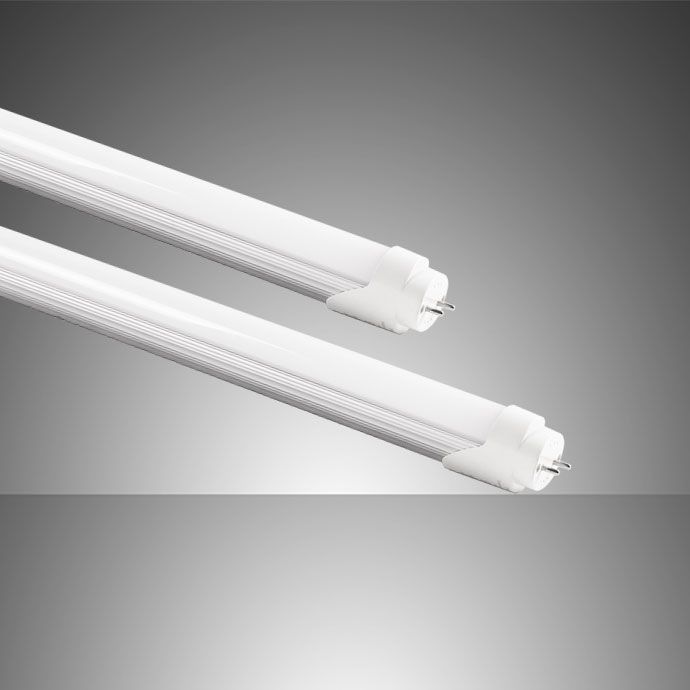
Before delving into the enhancements provided by third hand tools, it is crucial to understand the basics of soldering. Soldering involves using a metal alloy with a relatively low melting point, typically tin and lead, to connect electronic components. The soldering iron heats the solder, creating a bond between components as it cools. Precision, cleanliness, and steady hands are vital for soldering success, ensuring solid connections without damaging components.
**The Traditional Challenges of Soldering**
While soldering can be a rewarding skill, it presents several challenges, primarily when tackling complex projects. One common obstacle is the need for additional support to hold components in place while working. Precision is challenging to achieve if components shift during soldering, leading to weak solder joints and potential malfunction. Traditionally, DIY enthusiasts have used makeshift supports like clamps or makeshift rigs to hold components—often compromising stability and accessibility.
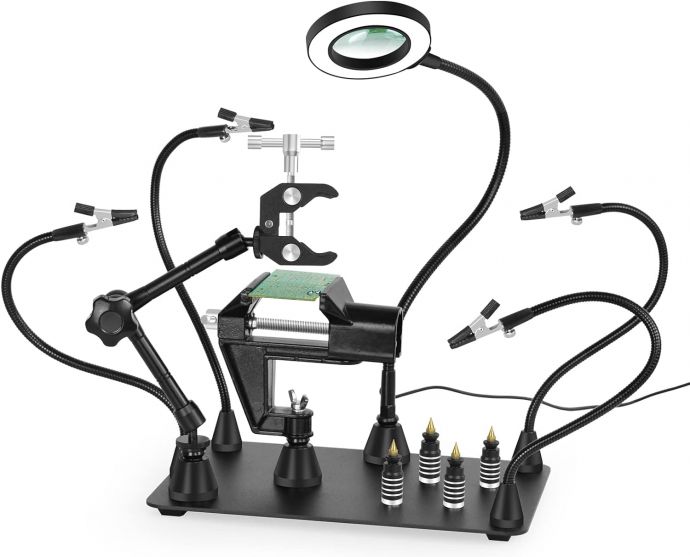
**Enter the Magnetic Helping Hands Third Hand Tools**
Magnetic helping hands third hand tools revolutionize this aspect of soldering by providing an adaptable and stable workspace. These tools typically feature a sturdy base with attached articulated arms, ending in alligator clips or similar mechanisms. The magnetic base anchors the tool to any suitable metallic surface, offering flexibility and stability. This design lets you hold multiple components simultaneously, freeing your hands to focus entirely on the soldering process.
**3X Power: Enhancing Precision and Efficiency**
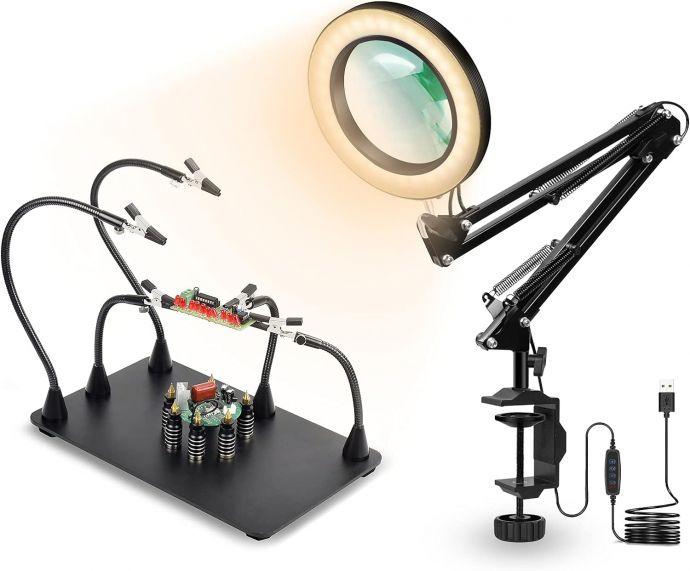
When we talk about "3X Power" in the context of magnetic helping hands, we're referring to the transformative impact these tools have on your soldering experience. They effectively triple your efficiency and precision by offering the following advantages:
1. **Enhanced Stability**: The magnetic base and flexible arms ensure components are held securely in place. The last thing you need during soldering is movement; even slight shifts can compromise your work. This stability allows you to work with precision, leading to stronger solder joints that are less prone to failure.
2. **Increased Visibility**: With the component held firmly by the helping hands, the workspace is more accessible, and visibility is improved. This openness can be further enhanced with integrated magnifying glasses or additional lighting, allowing for meticulous inspection of your work.
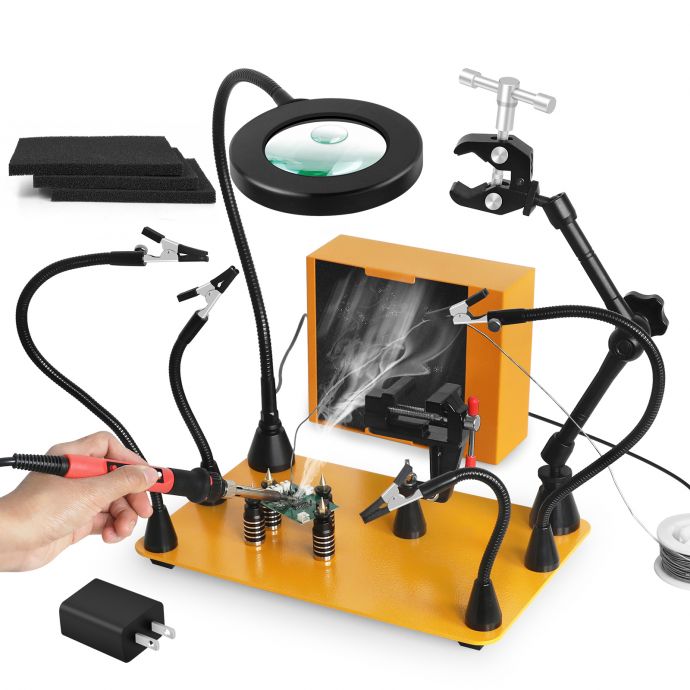
3. **Reduced Fatigue**: Soldering can be physically taxing, requiring prolonged concentration and steadiness. By alleviating the need to hold components manually, magnetic helping hands reduce fatigue, enabling you to work for more extended periods without sacrificing quality.
**Choosing the Right Magnetic Helping Hands Tool**
Selecting the appropriate third hand tool is crucial to unlocking the full potential of the "3X Power." Several factors should guide your choice:
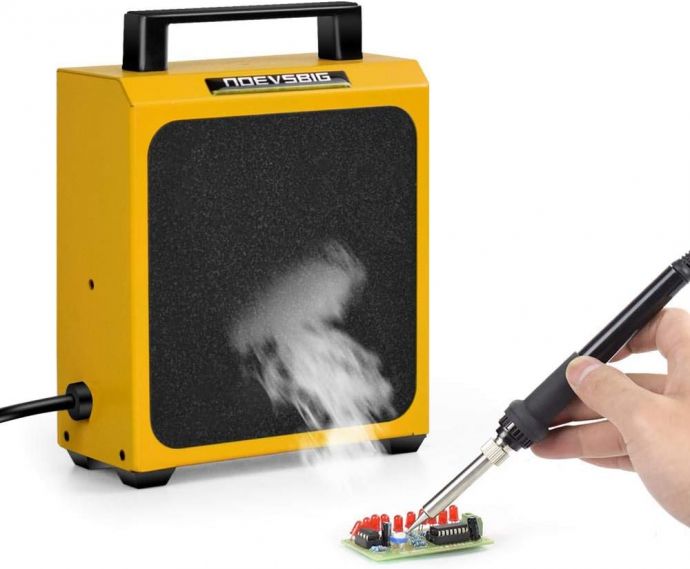
- **Base and Arm Flexibility**: Look for models with a solid magnetic base that adheres securely to your workspace. Articulated arms should allow for easy adjustment and positioning to suit different projects and components.
- **Clip Versatility**: Alligator clips are standard, but some models offer interchangeable clips or attachments, accommodating a wider variety of components.
- **Material Quality**: High-quality materials ensure durability and reliable performance. Models with heat-resistant components are particularly advantageous, preventing damage from accidental contact with a soldering iron.

- **Additional Features**: Consider features like integrated lighting or magnification, which can enhance precision and visibility during detailed work.
**Practical Applications and Techniques**
Magnetic helping hands are not limited to traditional soldering projects. They have numerous applications across various tasks, enhancing different DIY projects:
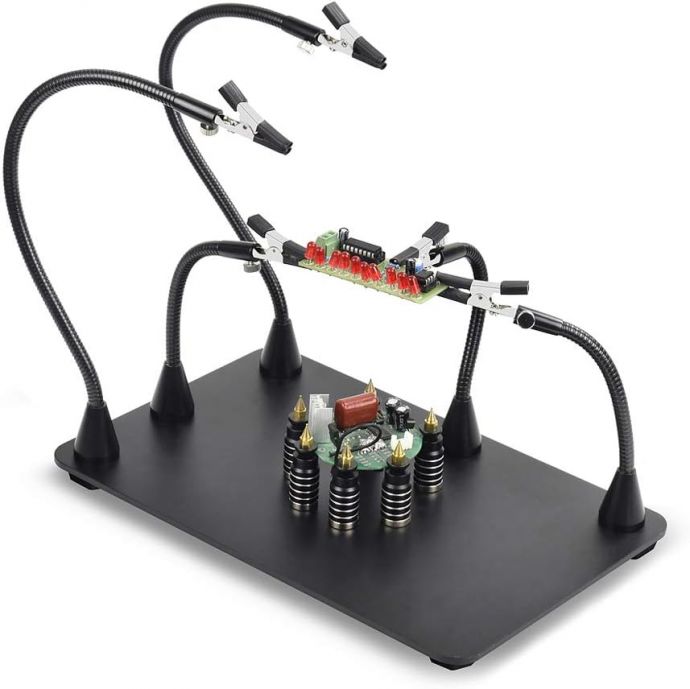
- **Wire Stripping and Assembly**: Securely hold wires as you strip insulating material, freeing up both hands for accurate, quick, and safe preparation.
- **Painting and Detailing**: Small models or other delicate parts can be held securely while painting or detailing, helping to maintain steady hands and avoid smudging.
- **Model Building**: The tool can hold miniatures or model components in place as you construct complex assemblies, allowing for precision and ease.
Beyond these applications, magnetic helping hands empower you to experiment confidently with different techniques, pushing the boundaries of what you can achieve in DIY electronics and other intricate projects.
**Maintaining Your Third Hand Tools**
To ensure your tools remain in peak condition, require regular maintenance and proper handling:
- **Keep it Clean**: Regularly clean the clips and arms to remove residue from solder, which can accumulate and affect performance.
- **Store Safely**: When not in use, store the tool in a dry location to prevent corrosion of metal components.
- **Inspect and Replace**: Regularly inspect for any signs of wear or damage, replacing components as necessary to maintain functionality.
**Conclusion: Mastering Your Craft**
Unlocking your soldering mastery requires more than skill—it demands the right tools to support and enhance your capabilities. Magnetic helping hands third hand tools offer a blend of innovation and practicality, providing increased stability, visibility, and reduced fatigue. By incorporating these tools into your workspace, you not only transform your approach to soldering but also open the door to a broader range of DIY projects. With the right tools, patience, and practice, you can elevate your craft and enjoy the satisfaction of creating intricate and reliable electronic assemblies.









